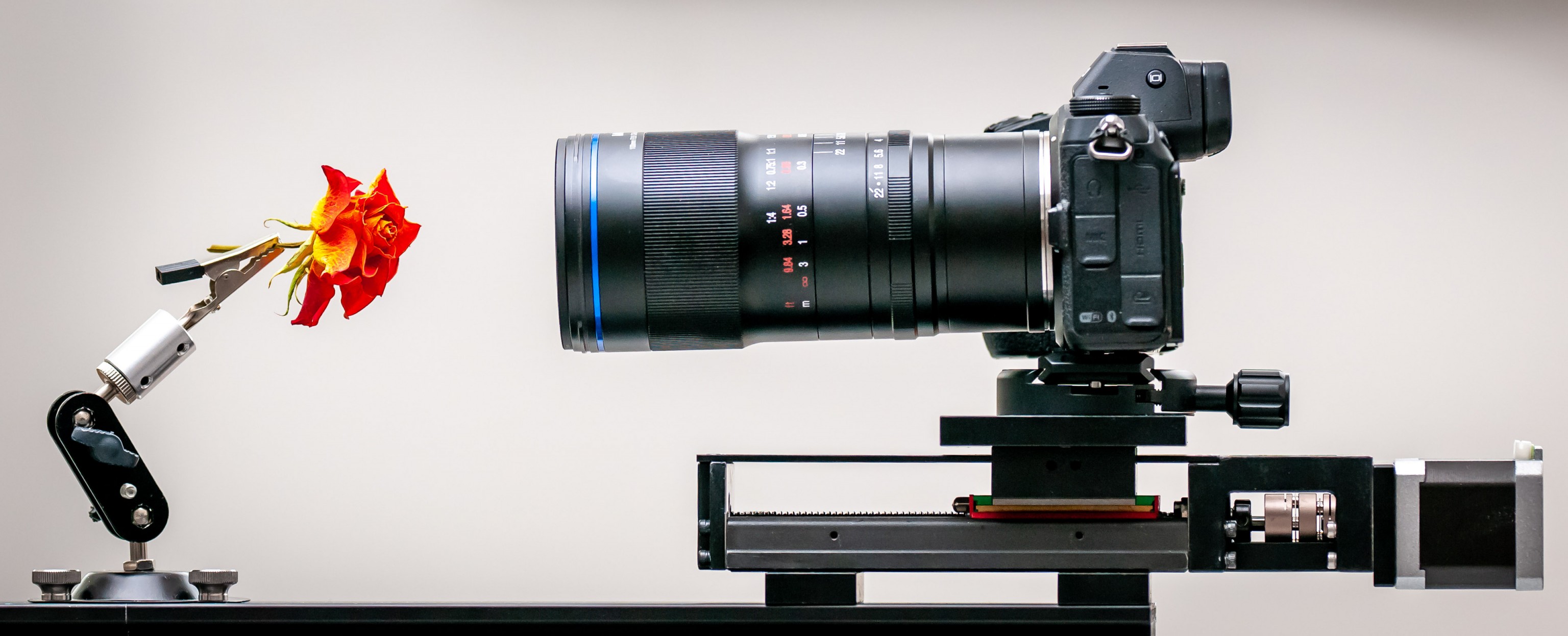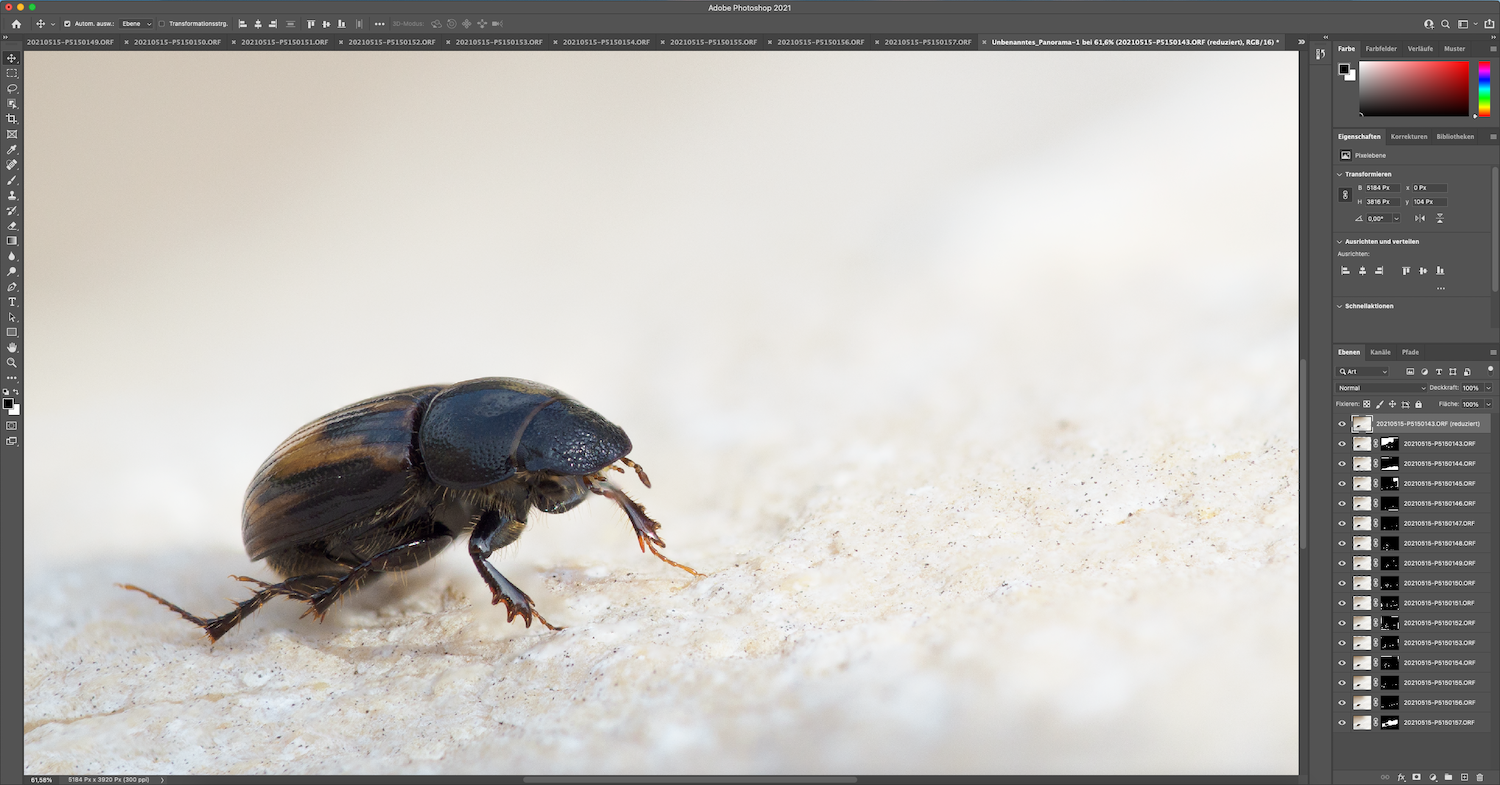
- HELICON FOCUS RAW IN DNG OUT PRO
- HELICON FOCUS RAW IN DNG OUT TRIAL
- HELICON FOCUS RAW IN DNG OUT SERIES
On my screens there, you’ll see Helicon Remote on the left screen, which is in the middle of shooting a new stack of images, and Helicon Focus on the right screen, working on stacking the previous set. As you can see, I am able to rotate the camera in the adapter, so I can choose the angle that I want to shoot at very freely. OK, so let’s talk about the workflow now, starting with a photo of my main desk which is where I’m doing my microphotography with the Microscope in the middle of the desk.
HELICON FOCUS RAW IN DNG OUT PRO
You can get a Pro License for $55 per year, but I like to avoid ongoing payments when possible, so I went for the Lifetime license. As I say, Helicon Remote was one of them, but even at a glance, features like Raw-in DNG out mode are pretty important, as is OpenCL hardware acceleration and Folder Monitor. I went for the Pro Lifetime license at $200, which includes a number of additional features. The licensing and pricing are pretty fair, with a Lite version at just $30 for a 1-year license, or $115 for a lifetime license, but the Lite version doesn’t include Helicon Remote, which I knew was also going to be necessary, and I’ll explain what it does shortly.
HELICON FOCUS RAW IN DNG OUT TRIAL
Luckily, Helicon Soft provides a fully working trial version of their software, so I gave it good hammering before buying a license, confident that it was the tool for the job. I’ve been aware of Helicon Focus for many years, but so far, even for the macro photography work that I’ve done, I’ve not really felt a need to stack, often just enjoying the out of focus areas for what they are, but that wasn’t an option with the images from the Microscope. However, towards the end of my first session, Capture One froze on me, and I lost around 40 images that just never made it to my computer, and Photoshop was sluggish and lacks support for anything other than the actual stacking process, so I decided it was time to buy the industry standard, Helicon Focus from Helicon Soft. When I first started to create these stacks, I was using Capture One Pro in tethering mode, and Photoshop to create the image stacks.

For now, though, I’m making the most of what I have, aided to a degree by this focus stacking technique. This will get me 600X magnification through the eyepieces and on the camera, which is closer than my next highest magnification of 400X, with a 40X Achromatic Objective lens. I’ve decided to replace the 100X objective lens, which requires a drop of oil between the lens and the specimen coverslip to be able to focus, with a 60X Plan Achromatic lens. To overcome that to a degree, I can change the focus so that I get images with sharper edges too, but there are also what’s known as Plan Achromatic lenses, which have a flatter plane of focus, and therefore give better focus towards the edges as well, but they are much more expensive than regular Achromatic lenses.

Consequentially, most of the images that I’ve created so far are focus stacks ranging from 8 to over 100 images, depending on the subject.Īnother aspect that comes into play for me, is that my microscope uses Achromatic objective lenses, which means the colors are corrected to a degree, but the focus is best in the middle of the lens and drops off quite quickly towards the edges. With microphotography even at 40x magnification, I have a working distance of 37.5mm and at 400X magnification, the subject is only 0.63mm from the lens, so the depth of field is very restricted. We know that focal length, subject distance, and aperture all affect the depth of field in a photograph.
HELICON FOCUS RAW IN DNG OUT SERIES
Continuing our series to cover my new adventure in microphotography, today I’m going to walk you through using Helicon Focus with Helicon Remote to shoot a series of images which are then processed as focus stacks to create the images that you’ve seen.


 0 kommentar(er)
0 kommentar(er)
